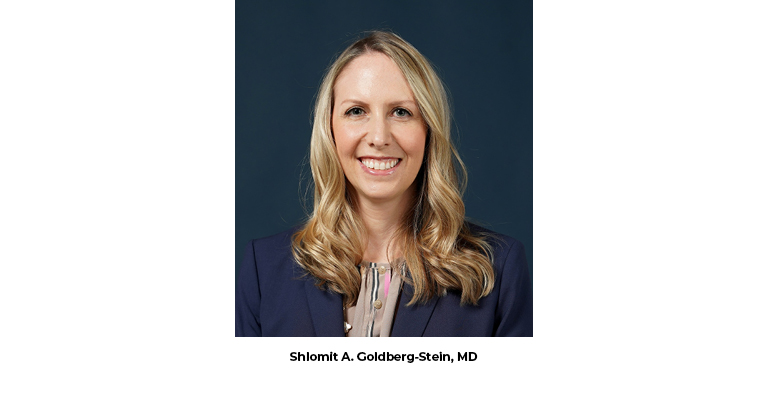Peer learning is a group activity in which expert professionals review one another’s work, actively give and receive feedback in a constructive manner, teach and learn from one another, and mutually commit to improving performance as individuals, as a team, and as a system. As an alternative approach to traditional score-based peer review, peer learning has gained significant traction in radiology practice, however until now there was no formal recognition of peer learning by the ACR as an alternative approach to meeting the Physician Quality Assurance Program requirement of accredited facilities. Authors of a recent JACR® article on the topic asserted that “accrediting organizations should formally recognize peer learning as an acceptable form of peer review and specify minimum criteria for peer-learning programs.”1 In an answer to this call, “This summer, through the work of the newly convened Peer Learning Committee, the ACR has approved a second pathway that accredited facilities can now use to meet the Physician Quality Assurance Program requirement — and that is through the development of a peer learning program,” says Shlomit A. Goldberg-Stein, MD, co-chair of the New York State Radiological Society Quality and Safety Committee, and member of the ACR Peer Learning Committee, who led the accreditation effort. “This is really big news.”
To help programs understand the minimum requirements for the new peer learning pathway and support the transition to peer learning, Goldberg-Stein and Mara M. Kunst, MD, neuroradiology section head at Lahey Hospital and Medical Center, will be co-chairing an upcoming ACR webinar. The Bulletin recently spoke with Goldberg-Stein to discuss the new pathway.
How did the pathway get created?
All practice sites that initially apply for or renew ACR accreditation have a requirement to actively participate in a Physician Quality Assurance Program. Until now, there was really only one pathway for an accredited facility to meet that program requirement — and that was a physician score-based peer review. Since its introduction nearly 20 years ago, score-based peer review has not actually been shown to have a meaningful impact on radiologists’ performance or to be a valid measurement instrument of radiologists’ performance. So, in the last handful of years, a new paradigm has emerged, peer learning, which has become very popular as an alternative approach to score-based peer review.
How does the peer learning pathway differ from traditional score-based peer review?
The goal of peer learning is really for participants to teach and to learn from each other. It’s a commitment to actively give and receive feedback in a constructive manner, and to establish a just culture environment in which non-punitive learning can take place.
One of the requirements of the peer learning pathway is a written policy that includes a statement of a commitment to sequester peer learning activity content from any individual practitioners’ performance evaluation. The goal of peer learning is not performance evaluation, and it really shouldn't be a part of it at all. That’s a critical component of peer learning: to allow for an open, non-punitive learning environment. If you are committed as an organization to sequestering all peer learning content from any sort of performance evaluation, then your culture is appropriately set up for peer learning.
The goal of peer learning is not performance evaluation, and it really shouldn't be a part of it at all.
What does an accredited facility need to know to utilize a peer learning program?
There are two minimum requirements: One is that there should be a written policy, and the other is that there should be annual documentation. Details about what comes under these umbrellas can be ascertained through participation in the webinar.
Ultimately, we want peer learning to be something that’s both meaningful and attainable — and we have designed the minimum accreditation requirements to achieve that aim. The requirement is essentially to design your program and set a policy with metrics befitting your program. Certainly, there are going to be programs that are going to go well beyond the minimum requirements — but the policy for the peer learning program was written so that peer learning can be meaningful, and not too burdensome for practices of all types to undertake.
What will the ACR webinar cover?
The upcoming webinar is designed to help programs and facilities understand how peer learning can meet the requirements for ACR accreditation — and answer the multitude of secondary questions that emerge from there. It’s been a long time coming, and it is great news for radiology practices who have already been doing peer learning or have been thinking about doing peer learning but weren’t quite sure how it would meet the ACR’s accreditation requirements, The Joint Commission’s requirements, or the requirements of other accrediting bodies. We now have a formalized pathway with defined criteria, approved by the ACR and CMS, and this webinar is the rollout of these new minimum ACR requirements for the peer learning pathway, as well as an opportunity to learn how those requirements can be met.

